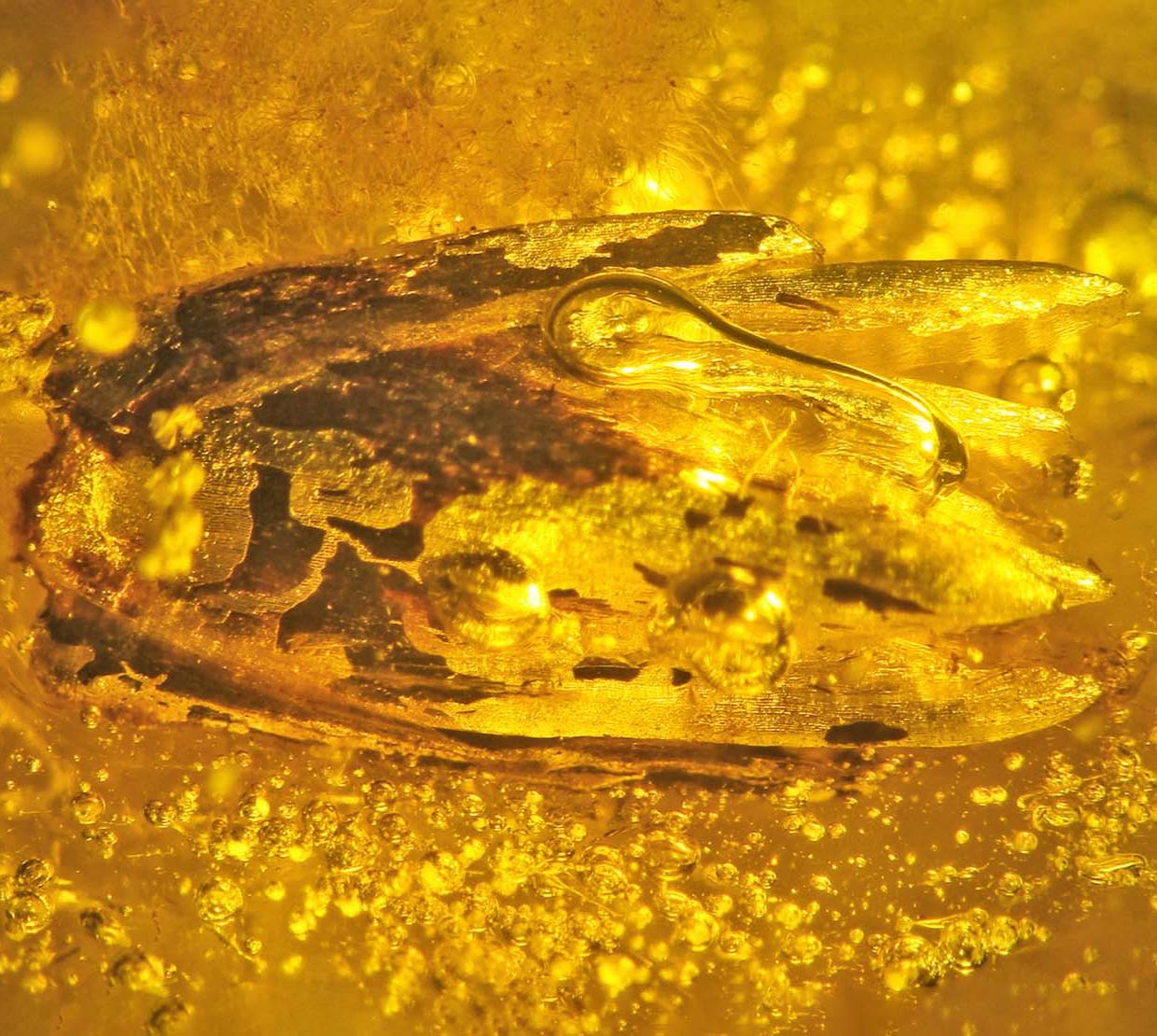Amber research from the Department of Integrative Biology's George Poinar Jr. has produced the first definite identification of grass in fossilized tree resin from the Baltic region, home to the world’s most well-known amber deposits.
The specimen, named Eograminis balticus, also represents the first fossil member of Arundinoideae, a subfamily of the widespread Poaceae family that includes cereal grasses, bamboos and many species found in lawns and natural grasslands.
“The discovery not only adds a new plant group to the extensive flora that have been described from Baltic amber but provides new insights into the forest habitat the amber came from, a controversial topic in this field of study,” said Poinar, an international expert in using plant and animal life forms preserved in amber to learn more about the biology and ecology of the distant past.
Findings, now in preprint, will be published in the International Journal of Plant Sciences.
Check out the full story here.




